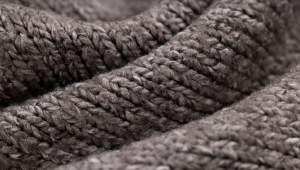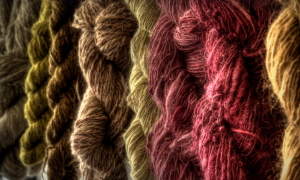
Bring History to life with a DIY Medieval Tunic
Imagine stepping back into the heart of medieval Europe, surrounded by the sights and sounds of bustling markets, noble courts, and even simple farmhouses. The air is alive with history, and your wardrobe could be a tangible connection to that era. Enter: the humble tunic.
What is a Medieval Tunic?
Medieval tunics were essential garments for everyday life, serving as both practical clothing and a symbol of status in various social strata. These versatile pieces covered the torso, often reaching just below the hips or slightly longer, and featured a distinct silhouette that changed from region to region and time period.
Early medieval tunics were typically crafted with simple rectangular panels joined at the shoulders, often featuring a wide belt for waist support. As time progressed, tunic styles became more ornate. In later periods, decorative elements like embroidery, metalwork, and even rich fabrics made their way into tunics’ designs, reflecting the wearer’s social standing and wealth.
Unlocking the Secrets of Medieval Tunic Sewing
So, you’re ready to sew your own medieval tunic? The good news is, achieving this ambitious goal isn’t as daunting as it might seem. The basic construction technique remains fairly straightforward, but a deeper understanding of historical context unlocks more refined results.
Let’s dive into the fascinating world of medieval tunic design. The key lies in understanding the core elements that define this garment. A modern-day pattern can be designed to capture these authentic details while providing you with a comfortable and stylish result.
Understanding the Anatomy of a Medieval Tunic
A traditional medieval tunic is more than just a rectangle cut from fabric; it’s crafted from carefully considered shapes that serve specific purposes. Here are some key pieces to consider for your design:
- **The Body:** The core structure of the tunic is built around a fitted bodice. This allows for movement and flexibility, much like modern-day everyday wear.
- **Sleeves:** A key element is the sleeve. These could vary in style and length depending on the era. Consider options like long or short sleeves with a focus on clean lines.
- **The Waistline:** The waistline is where the tunic takes its shape, adding definition and comfort. It can be emphasized by using a wide belt for support.
- **Hemming:** A crucial detail to consider is how you’ll finish the edges of your tunic. This ensures durability and an authentic aesthetic that reflects historical practices.
Modern Tunic Patterns: Embracing Simplicity
Today, modern patterns often provide a starting point for your own creation, allowing you to incorporate elements from various styles. This means choosing a pattern that aligns with your personal vision and skill level.
For beginners, focusing on a simple yet well-fitting tunic is key. Look for patterns with clean lines and straightforward construction. You can then personalize them with embellishments or add in decorative elements later on to create something truly unique.
Embellishing Your Tunic: Adding Historical Flair
If you want to elevate your tunic from a simple garment to something that tells a story, consider incorporating historical embellishments.
Some ideas include:
- **Embroidery:** Use embroidery techniques like running stitch or chain stitch to add details.
- **Iron-on appliques:** This technique allows you to add a touch of color and visual interest without needing complex sewing skills.
- **Metallic thread accents:** Adding subtle touches of silver, gold, or copper thread can create a rich and dynamic look.
- Museums & Historic Sites: Visit museums that focus on medieval history or archaeology to admire authentic tunic examples, learn about the materials used in their construction, and gain a better understanding of color palettes.
- Historical Accounts & Artworks: Dive into historical accounts and artwork from the era. These resources offer insights into the diverse ways tunics were worn by men and women across different social classes.
- Textile Collections: Explore textile collections at universities or specialized museums to learn about fabrics, dyes, weaving techniques, and their influence on tunic styles.
Exploring Historical Resources
You can deepen your understanding of medieval tunics by exploring historical resources
Sew Your Own History!
Now that you have a better understanding of medieval tunic patterns, sewing your own tunic is the next logical step. Get started with a simple pattern you’re comfortable with, and don’t be afraid to embrace the process of creating something truly unique.



